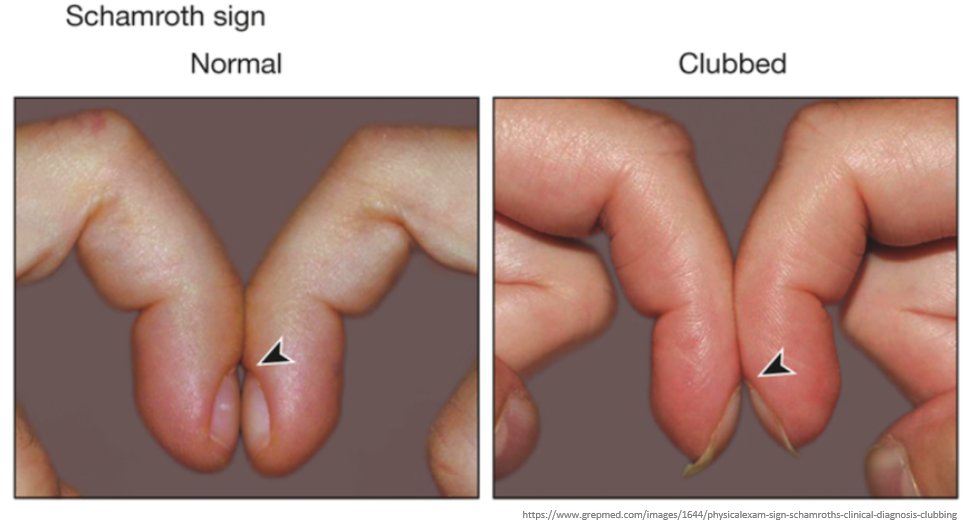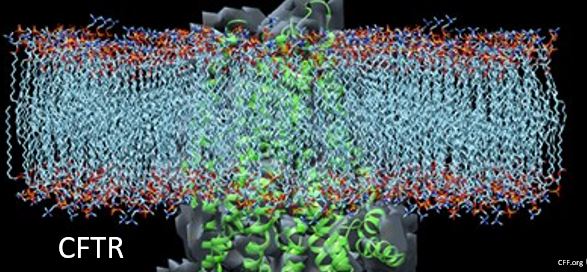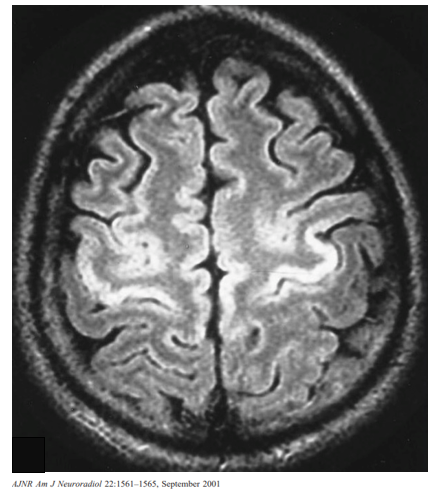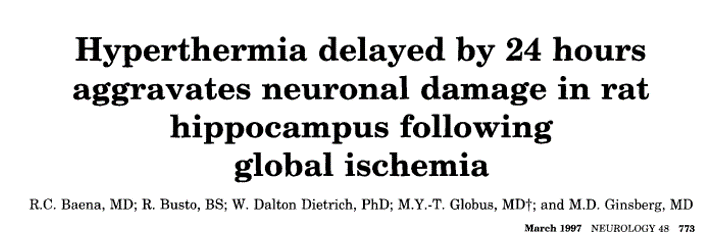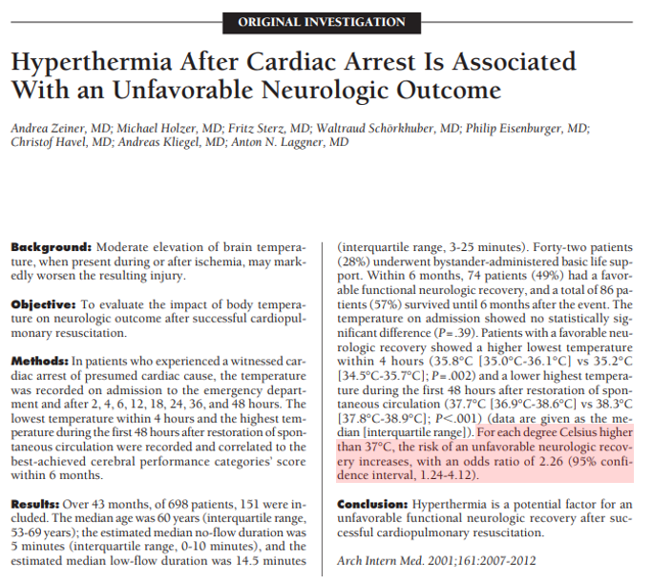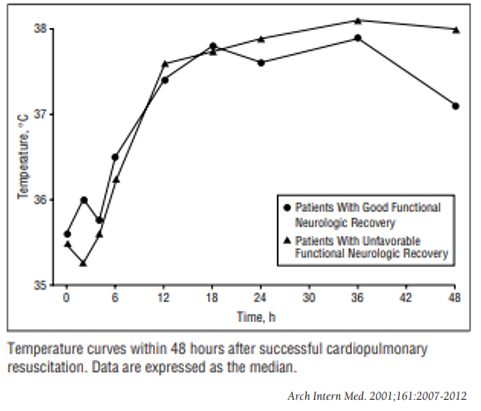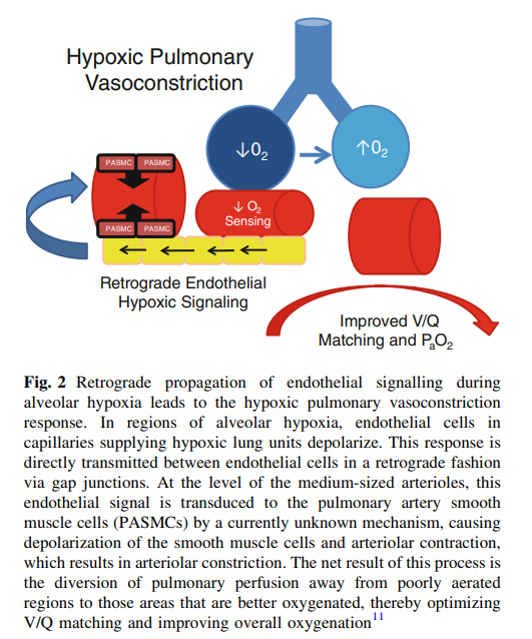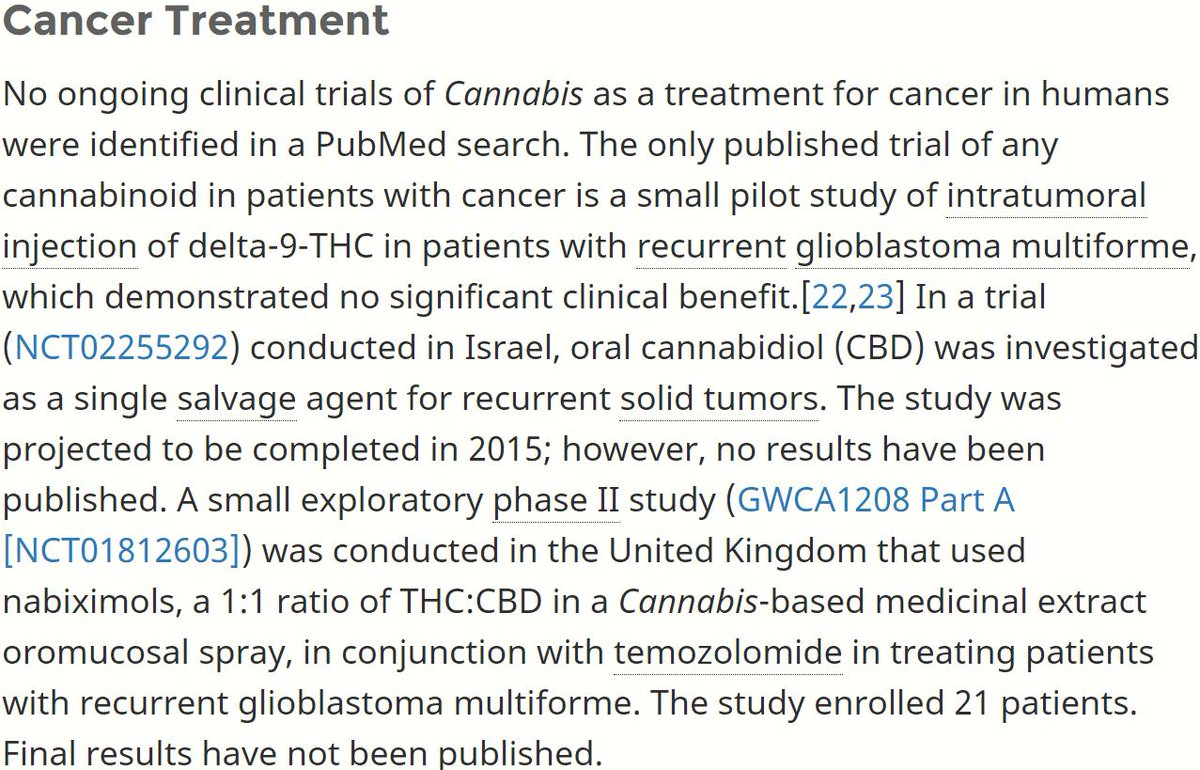Fingernail clubbing is associated with many systemic diseases, from lung cancer to TB to inflammatory bowel disease.
Why would such different diseases all manifest with clubbing?
The answer is surprisingly simple and elegant.
#medtwitter #tweetorial
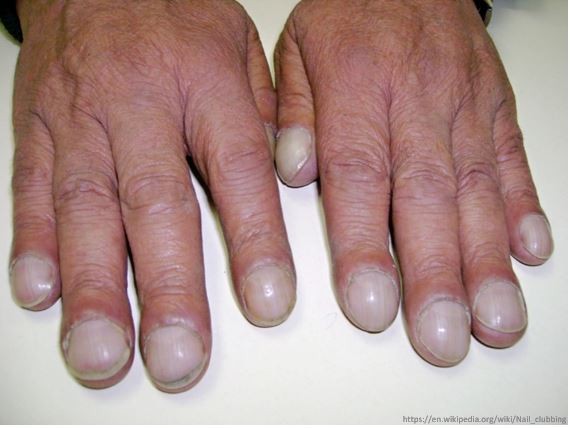
Clubbing was actually first described 2,500 years ago by Hippocrates, making it perhaps the oldest physical finding in medicine.
The term "clubbing" was coined in 1862 by Armand Trousseau (yes, that Trousseau) after observing TB patients.
ncbi.nlm.nih.gov/books/NBK366/
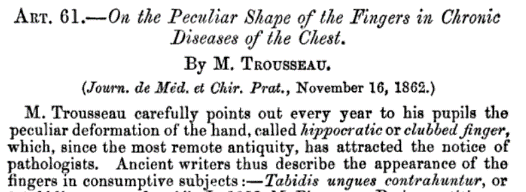
Clubbing is classically associated w/ thoracic diseases like lung cancer, COPD, TB.
In residency I remember learning that clubbing was due to:
lung disease ➡️ megakaryocytes/platelets not filtered by lung ➡️ clumping in finger capillaries ➡️ clubbing
ncbi.nlm.nih.gov/pubmed/2891996
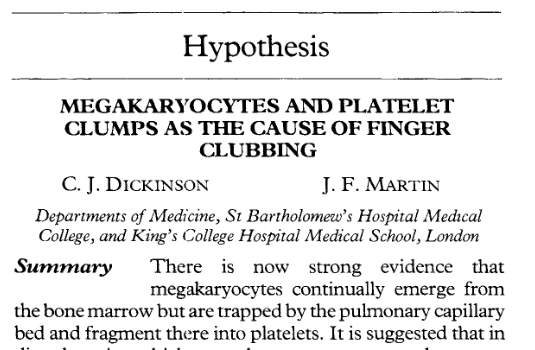
But clubbing can arise with many different non-pulmonary diseases too, including:
🔹 Inflammatory bowel disease
🔹 Cirrhosis
🔹 Congenital heart disease
Something more than "loss of platelet filtering by the lung" must be going on.
What then?
ahajournals.org/doi/10.1161/CI…
For a clue to the cause of clubbing, let's look at histological variations in clubbed fingers.
💡 It turns out that there are significant changes in capillary morphology, w/ evidence of angiogenesis in the micro-vasculature.
ncbi.nlm.nih.gov/pubmed/2679259
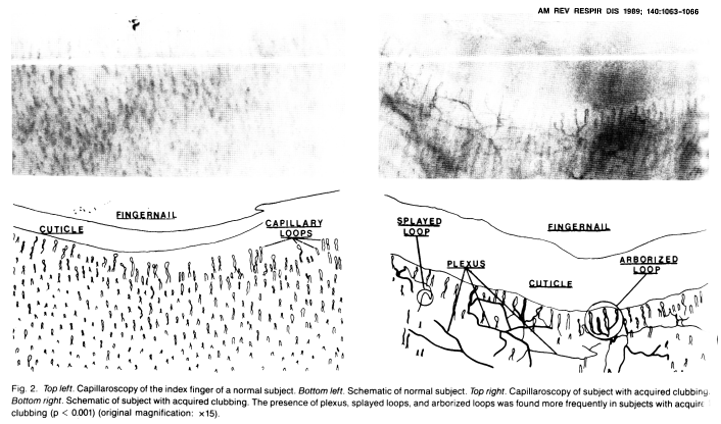
Does that remind you of anything?
Seeing such prominent vascular changes histologically suggests that Vascular Endothelial Growth Factor (VEGF) might play a major role.
ncbi.nlm.nih.gov/pubmed/23671180
Let's examine 3 diagnoses that can manifest with clubbing:
🔺 Lung cancer
🔺 TB
🔺 Inflammatory bowel disease (IBD)
You'll see that elevated levels of VEGF show up in all of them, and often correlate with the presence of clubbing.
🔺 First, lung cancer
In this observational study, among patients with lung cancer, those with clubbing had significantly higher levels of serum VEGF than those who didn't.
ncbi.nlm.nih.gov/pubmed/10728444
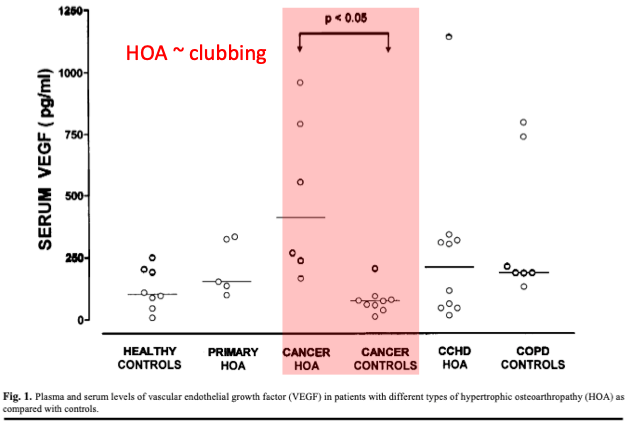
As an example supporting this association, resection of a lung adenocarcinoma expressing high levels of VEGF led to resolution of clubbing.
ncbi.nlm.nih.gov/pubmed/14994415
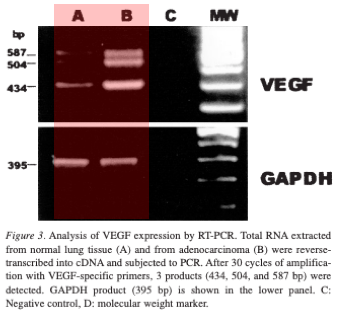
What's more, VEGF production by endothelial cells is mediated by cholinergic signaling (e.g. from the vagus nerve). ncbi.nlm.nih.gov/pubmed/21849351
Not surprisingly, vagotomy (which presumably shuts down VEGF production) improves clubbing in lung cancer. ncbi.nlm.nih.gov/pubmed/17258017
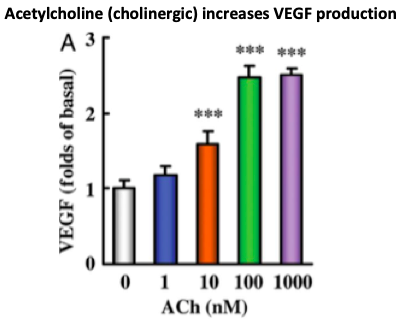
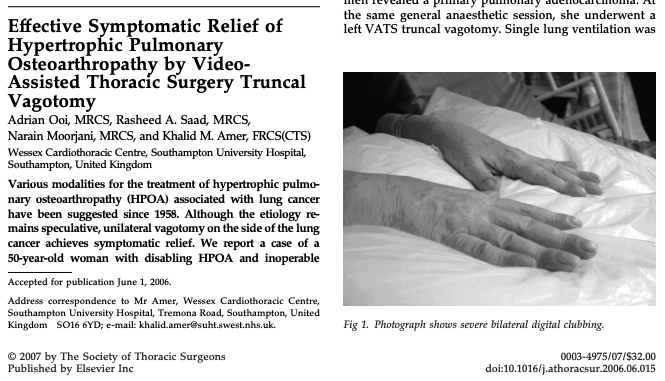
🔺 What about TB?
Recall that TB has a canonical connection w/ clubbing (see: Trousseau).
VEGF levels are dramatically higher in patients with active TB compared to latent TB and healthy controls.
This doesn't prove causation but it's suggestive.
ncbi.nlm.nih.gov/pubmed/15189936
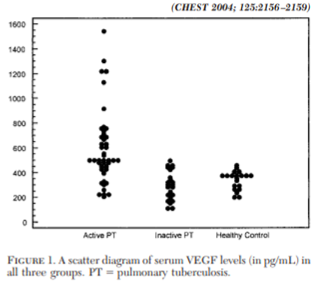
🔺 Finally, IBD
It surprised me to learn that IBD can manifest w/ clubbing (Crohn's disease more commonly than ulcerative colitis).
ncbi.nlm.nih.gov/pubmed/509114
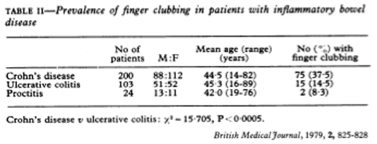
Examination of mucosa involved w/ active IBD found ⬆️ VEGF compared to normal controls.
Again, causation hasn't been proven, but high VEGF levels keep showing up.
ncbi.nlm.nih.gov/pubmed/19013462
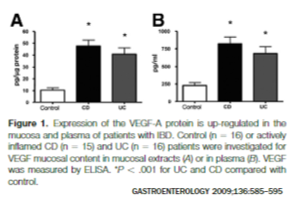
Although I didn't unpack them here, ⬆️ VEGF levels are found in other diseases associated w/ clubbing:
COPD erj.ersjournals.com/content/52/sup…
Congenital heart disease ncbi.nlm.nih.gov/pubmed/12360391
Cirrhosis (potentially via intrapulmonary shunting and hypoxia) ncbi.nlm.nih.gov/pubmed/2022996
Let's return briefly to the role platelets play in clubbing.
If you recall tweet #4, before preparing this I thought platelet plugs cause clubbing.
It turns out that platelet micro-thrombi are indeed present in clubbed fingers
ncbi.nlm.nih.gov/pubmed/1677131

But we've seen that VEGF seems to cause clubbing.
Is there a connection b/w VEGF and platelets?
Amazingly, there is: platelets and megakaryocytes secrete VEGF!
This suggests that, after all, platelet plugs in the nail bed do contribute to clubbing
ncbi.nlm.nih.gov/pubmed/9012841
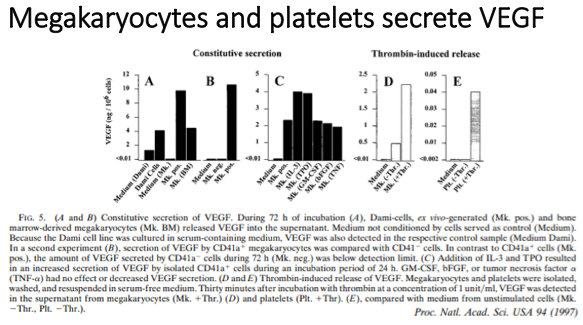
Let's summarize:
🔹 Clubbing = the oldest physical exam finding and associates w/ systemic dx
🔹 Elevated VEGF levels ➡️ abnormal nail bed vasculature ➡️ soft tissue changes of clubbing
🔹 Platelets secrete VEGF and plug nail capillaries, likely contributing to pathogenesis


